Explain Long Distance Transport of Water
Transport or conduction of the water means transport of substances from one part of plant to the another means transport of water and dissolved minerals from the roots to the leaves via xylem.
Roots the underground parts of the plants which is positive geotrophic in nature. This portion of the plant absorbed water and minerals from the soil, which is then transported to other parts of the plant. As plants are able to make photosynthesis thus the food produced by photosynthesis and that food must be transported to the different parts of the plants. This type of transportation occurs by the tissue called phloem. Thus two types of complex tissues are involved in the transport of in plants.
Transport in Plants: Transport in plants occur in three levels. Follows-
1. The uptake and loss of loss of water by individual cells.
2. At the short distance tissue and organ level the transport takes place.
3. Long distance transport of sap via xylem and phloem sap via phloem takes place throughout the plant body.
Xylem: Xylem tissue is associated with the conduction of water and dissolved minerals from the root to the leaves for the process of photosynthesis.
Phloem: After photosynthesis the food that produced in the leaves are transported by the phloem tissue to different parts of the plant.
Structure of Xylem: Xylem tissue is made up of four types of tissues. They are – tracheid, trachea, xylem parenchyma, xylem fibres. Among these tissues xylem parenchyma is only living and the rest of the tissues are dead. Xylem vessels and tracheid are long hollow cylindrical structure which are arranged end to end forming a system of the pipe line shape. It forms a continuous column or pipe line by which roots are connected to the leaves. Tracheid contains a tapering end, whereas the vessels have cell placed end to end. This will form a continuous hollow thing as their cell wall get dissolved and formed a continuous thing without partition.
Function of Xylem: As the tissues of the xylem form a continuous pipeline thus, water and dissolved
minerals are transported as a cell sap from the roots to the
leaves and the other parts of
the plant through the continuous pipeline formed by the vessels and tracheid.
Cell membrane of root hair cells are semi permeable in nature thus they are very selective for the transport of the solutes and water. The uptake of water and dissolved minerals are occurred down the concentration gradient and this concentration gradient is produced by the formation of water potential. Water potential depends on the amount of water and the concentration of the dissolved minerals. Mainly passive transport (osmosis) occurs and in some places active transport takes place against concentration gradient.
Different Theory Related to the Transport of Water:
Ascent of sap: Water which combines with the dissolved minerals of the soil is called sap. The movement of the sap through the xylem is in the upward direction, which is against the gravity for proceedings towards the leaves.
From Explain Long Distance Transport of Water to HOME PAGE
Recent Articles
-
Explain about Growth in Plants |Definition of Growth & Differentiation
Feb 27, 25 02:07 PM
Growth is a permanent increase in length or volume of an organism that brought upon by an increase in its dimensions due to synthesis of new protoplasmic material. -
Definition of Respiratory Quotient | calculation | Application | Plant
Dec 02, 24 12:09 AM
Definition of respiration quotient- the ratio of the carbon-dioxide evolved to that of the oxygen consumed by a cell, tissue, plants or animals in a given time is called respiratory quotient. It is us… -
Amphibolic Pathway | Definition | Examples | Pentose Phosphate Pathway
Jun 06, 24 10:40 AM
Definition of amphibolic pathway- Amphibolic pathway is a biochemical pathway where anabolism and catabolism are both combined together. Examples of amphibolic pathway- there are different biochemical… -
Respiratory Balance Sheet | TCA Cycle | ATP Consumption Process
Feb 18, 24 01:56 PM
The major component that produced during the photosynthesis is Glucose which is further metabolised by the different metabolic pathways like glycolysis, Krebs cycle, TCA cycle and produces energy whic… -
Electron Transport System and Oxidative Phosphorylation | ETC |Diagram
Feb 04, 24 01:57 PM
It is also called ETC. Electron transfer means the process where one electron relocates from one atom to the other atom. Definition of electron transport chain - The biological process where a chains…
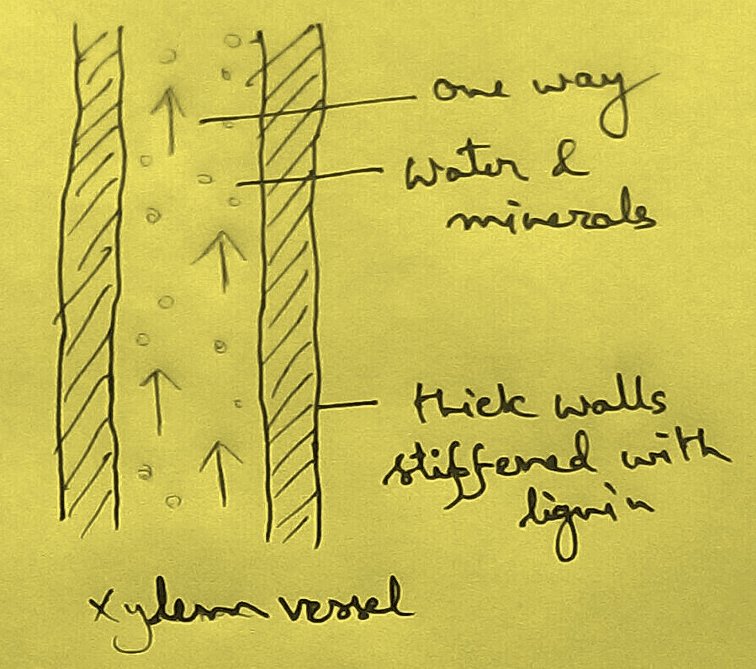
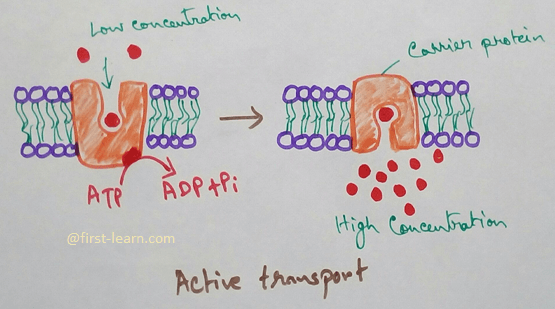
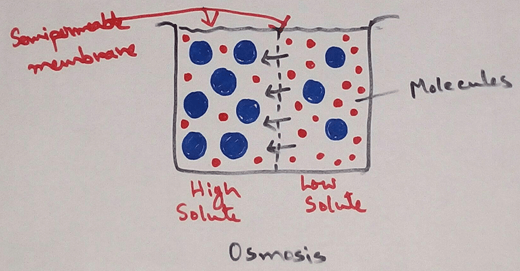
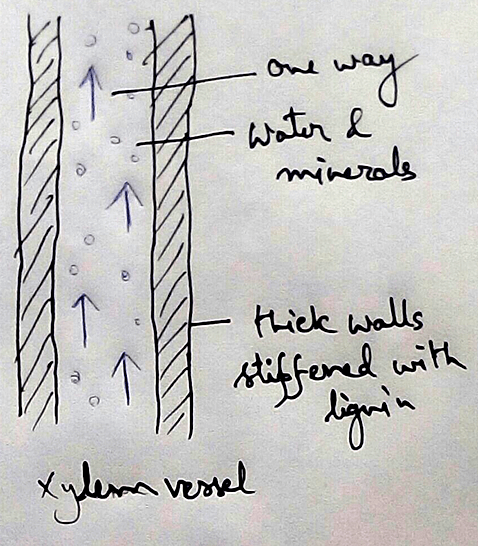
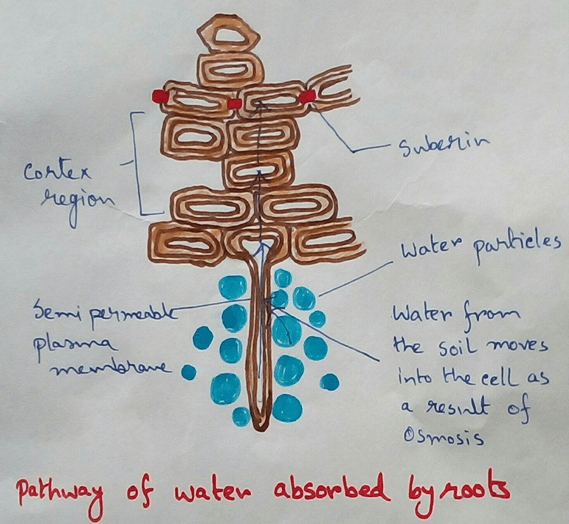

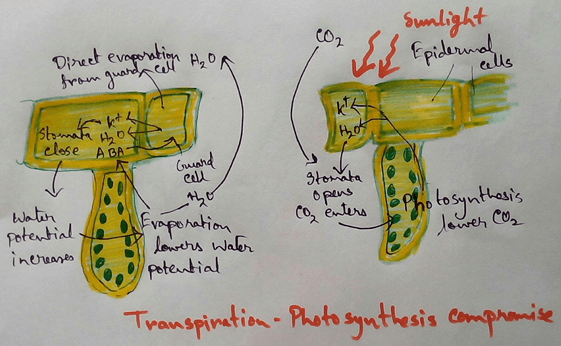
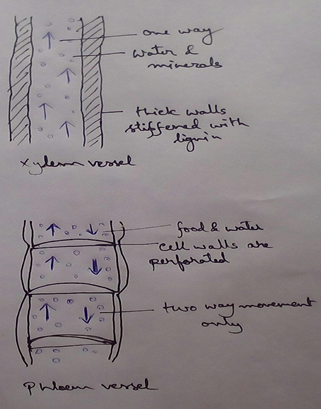

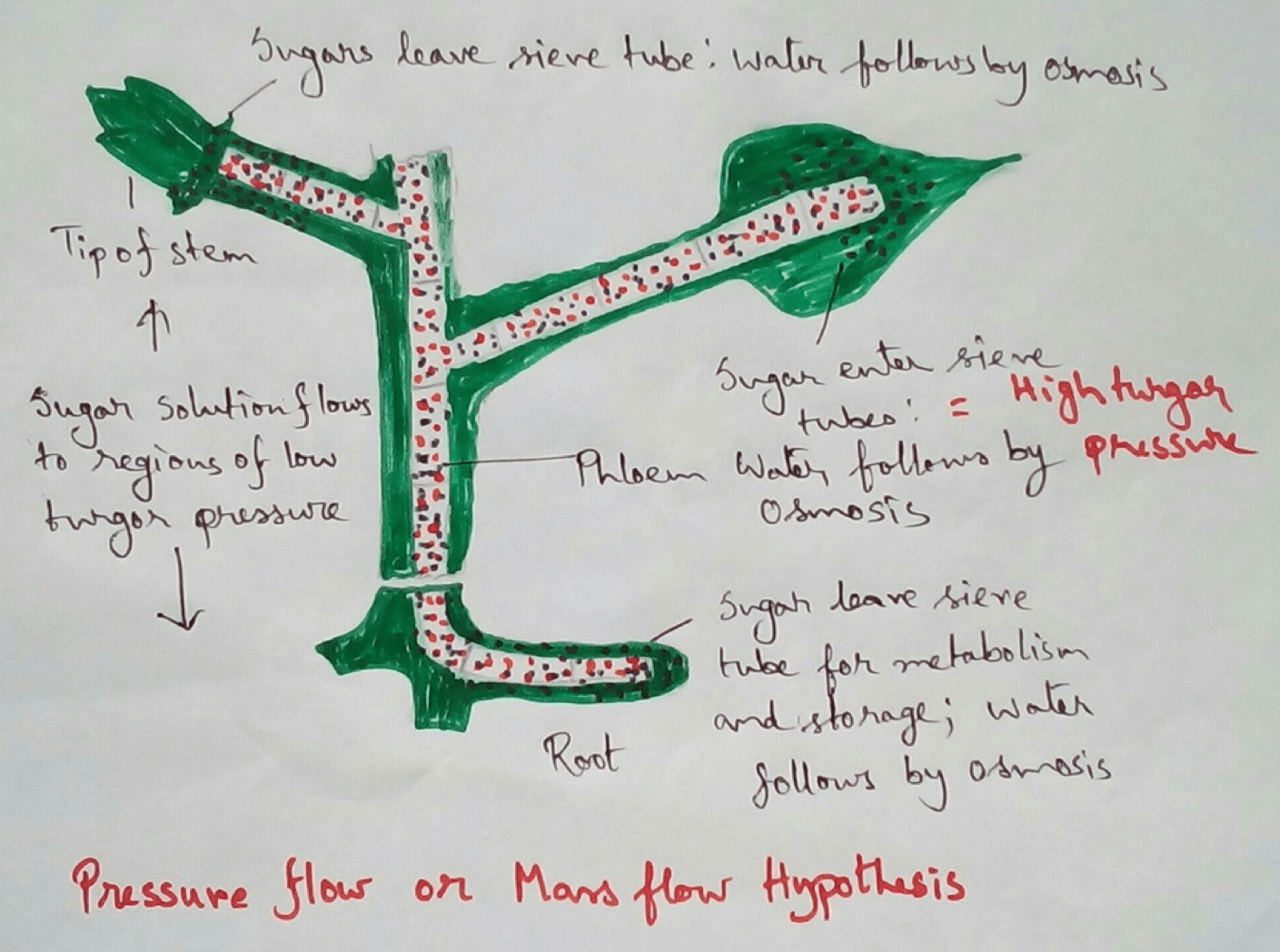





New! Comments
Have your say about what you just read! Leave me a comment in the box below.